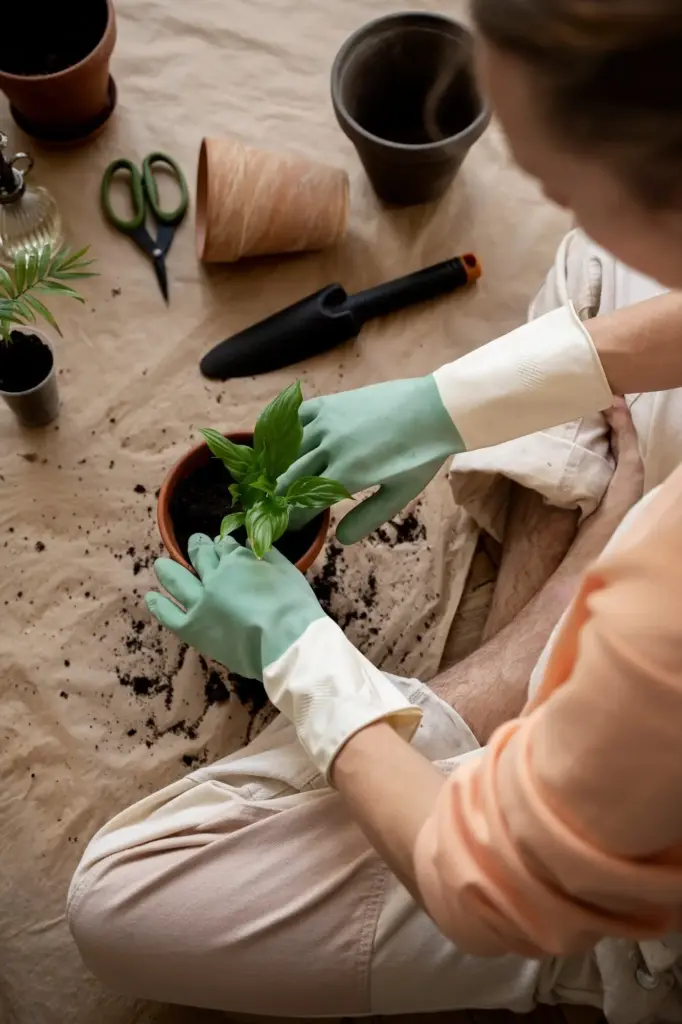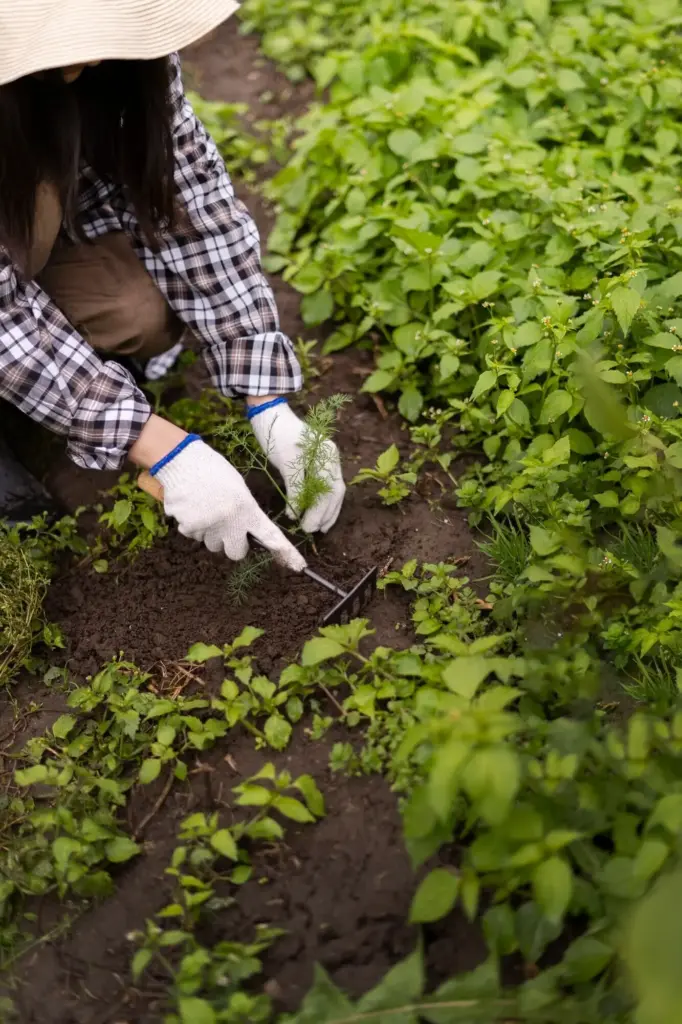Shape the Seasons: Pruning Fruit Trees and Shrubs with Confidence


Winter Dormancy Decisions

Spring with Blossom Considerations

Summer Light and Vigour Control


Sharpening and Sterilizing
A sharp blade slices cleanly, leaving smooth surfaces that close faster and resist infection. Keep a pocket file or stone handy, and touch up edges before sessions, not after damage appears. Sterilize with alcohol or a diluted bleach solution when moving between plants, particularly after removing cankers or fire blight strikes. Wipe away sap to prevent sticking and rough tearing. Simple routines stacked together—sharpness, cleanliness, and calm pacing—transform outcomes from ragged guesses to consistently neat, confident results in every season.
Understanding the Branch Collar
The slight swelling at a branch base is living architecture, packed with cells designed to compartmentalize wounds. Cut just outside that collar, never flush and never leaving a long stub. Angled cuts help shed water on larger limbs, and the three-cut method protects bark. When you respect that tiny ridge, healing cones form efficiently and decay risks shrink. It is one of the smallest details with the biggest long-term impact, sustaining strength, fruiting wood, and graceful form.
Thinning vs Heading Explained
Thinning cuts remove an entire shoot back to its origin, opening space, improving light, and preserving the branch’s natural length. Heading cuts shorten a shoot to a bud, stimulating branching and vigor. Use thinning to reduce congestion and shade; use heading strategically to build new fruiting wood where needed. For high-vigor trees, favor thinning to calm growth. For peaches and training young frameworks, thoughtful heading builds structure. Mixing both with purpose avoids confusion, runaway growth, and disappointing fruit distribution.
Fruit Trees: From Apples to Peaches




Shrubs That Bear: Currants, Blueberries, and Friends
Structure, Light, and Safety
Central Leader vs Open Center
Apples and pears often excel with a central leader and layered scaffolds, balancing height with even light. Peaches and nectarines usually perform best with an open center, creating a bowl that ripens fruit from the inside out. Consider your climate, tree vigor, and picking habits. Shorter frames reduce ladder time; taller leaders may suit espaliered walls or narrow spaces. Training is not rigid dogma but a flexible conversation, guiding growth into shapes that serve fruit quality and your workflow.
Scaffold Angles and Spacing
Aim for scaffold branches meeting the trunk at roughly forty-five to sixty degrees, which balances strength and fruitful wood production. Narrow angles split under load; overly flat limbs lose vigor. Space scaffolds vertically and around the trunk to prevent crowding and shade. Use spreaders or soft ties on young wood to set angles gently, avoiding cracks or girdling. Over months, the tree internalizes those positions, and your future self enjoys safer harvests, fewer breakages, and evenly sun-kissed fruit across the canopy.
Working Safely at Height
Good fruit is not worth a risky reach. Use a stable tripod orchard ladder on firm, level ground, maintaining three points of contact and avoiding overextension. Keep tools tethered or pocketed, never on top steps. Communicate with helpers, and let someone steady the base if winds rise. Plan cuts from the ground when possible by managing tree height over seasons. Safety is a quiet habit that pays back every year with uneventful sessions, comfortable focus, and a basket full of unbruised harvest.
Recovery, Aftercare, and Common Mistakes
